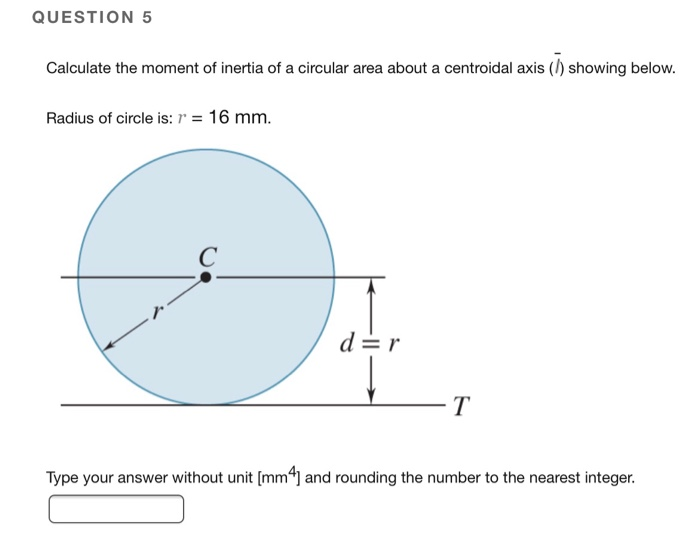

The vibrobots move by a ratcheting mechanism driven by repeated collisions of their tilted elastic legs on the vibrating surface. We derive analytic solutions for the short- and long-time behaviour of the MSD and prove that the long-time diffusion coefficient explicitly depends on the moment of inertia. Using the mean squared displacements (MSDs) and velocity distributions, fitted by numerical and analytical results, we extract a unique set of parameters for the model. Instead, the dynamics can be understood in terms of underdamped Langevin equations with a self-propulsion term that couples the rotational and translational degrees of freedom. Standard models, such as the Vicsek-model 20 and active Brownian motion 21 cannot explain this behaviour as they neglect inertia. Here, we demonstrate that the inertia of self-propelled particles causes a significant delay between their orientation and velocity and increases the long-time diffusion coefficient through persistent correlations in the underdamped rotational motion. Along with animals 16, artificial and biological microswimmers 17, 18, 19, vibrobots belong to the class of active soft matter. Collectives of such particles exhibit novel non-equilibrium dynamics 6, 7, 8, 9, self-organisation 10, clustering 5, 11 and swarming 12, 13, 14, 15. In contrast, for macroscopic self-propelled particles, such as animals and robots, the magnitude of inertial forces can be comparable to that of the propulsion forces and influence the dynamics on large time scales.Ī particularly simple example of a macroscopic self-propelled particle is a minimalistic robot called a vibrobot, which converts vibrational energy into directed motion using its tilted elastic legs 5. Experimental verification of this motion requires high accuracy measurements and has been achieved only for passive colloids 2, 3, 4. For example, colloidal particles undertake ballistic motion below 1 Å for approximately 100 ns. However, any finitely massive object performs ballistic motion, even if only on minuscule time and length scales. Biological organisms such as bacteria must therefore self-propel by implementing non-reciprocal motion 1. In fact, in the absence of inertia, particles cannot move by reciprocal shape deformations due to kinematic reversibility. In microscopic systems such as colloids, inertial forces are completely overwhelmed by viscous friction. In retrospect, this perception is unsurprising, as the motions of everyday objects are influenced significantly by friction. Before this groundbreaking idea, the dominant theory of motion was based on Aristotelian physics, which posits that objects come to rest unless propelled by a driving force.

Newton’s first law states that because of inertia, a massive object resists any change of momentum.


 0 kommentar(er)
0 kommentar(er)
